Classic Jungian archetypes like “the rebel” or “the mentor” often feel rigid because they reduce complex human personalities to a handful of surface traits or roles. They’re like cookie-cutter molds—easy to recognize but painfully flat. Sure, you know what a rebel looks like: defiant, anti-authority, maybe a bit reckless. But that’s just the tip of the iceberg.
Real people aren’t just “rebels” or “heroes.” They’re contradictions, torn between competing needs and fears. Classic archetypes oversimplify by ignoring this messy, fascinating inner life. They focus on what a character does, not why they do it. That’s why they often feel predictable or cliché—because they don’t capture the ache, the hunger, the subtle pushes and pulls beneath the surface.
Tempified flips this on its head by blending two temperaments—⚔️ Blade, ❤️ Heart, 🏡 House, ☀️ Sun—each representing fundamental human drives. This creates characters who aren’t stuck in a single box but live in the tension between opposing needs. For example, a “rebel” in Tempified isn’t just defiant; they might crave freedom (☀️ Sun) but also secretly hunger for belonging (❤️ Heart), making their actions layered and surprising.
In other words, classic archetypes are like lily pads—flat, floating, familiar. Tempified, though, isn’t content with surface drama. It plunges down to the roots—where fear coils, hunger waits, and hope clings like silt. It’s not about traits worn like costumes. It’s about what’s underneath—the ache behind the action, the need that won’t let go. Not just the hero’s pose, but the pain that shaped it.
Why Tempified Archetypes Are Different — Not Just Another Fantasy Gloss
Imagine temperaments as four bold, pure colors— Blade’s sharp blue⚔️, Heart’s warm red❤️, House’s steady green🏡, and Sun’s bright yellow☀️. Each one alone is striking, but limited. Now, when you blend two of these colors, you don’t just get a simple mix—you get an entirely new shade, rich with nuance and complexity.
So by blending two temperaments, and you don’t just get a character—you get a whole canvas of contradictions, needs, and unexpected depth. These characters aren’t flat labels. They want things. They wrestle with inner pulls. They surprise you.
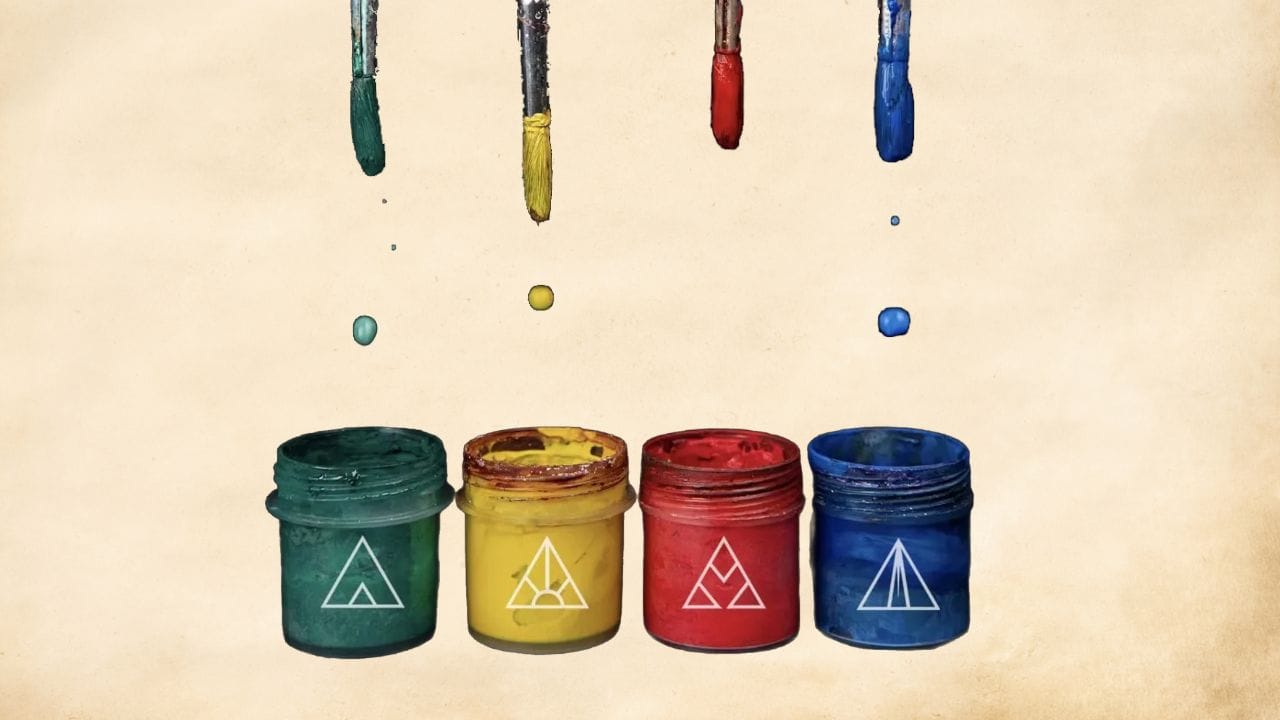
It’s like painting. Red, blue, yellow—they’re striking on their own. But start mixing? That’s where the magic happens. Suddenly, you’re not just describing characters—you’re painting them. Layer by layer. Shade by shade. Until they feel real enough to breathe. And the best part? Every mix reflects you. Your voice. Your vision. It’s not about fitting into a box—it’s about creating a blend so unique, it could only come from your hand.
Take for example the mix of Blade and House, ⚔️🏡 the Stoic Mind, a character who wants to conquer the world yet stay loyal to the small life they’ve known. Their ambition runs headlong into their loyalty to family or community, and it’s that clash, that stubborn inner friction, that makes the Stoic Mind compelling.

But more than that, that tension is the crackle in the paint. One brush pulls them toward ambition; the other, toward loyalty. Some Stoic Minds chase greatness and lose the ones who mattered. Others cling too tight, watching their moment slip by.
No two are identical—but every version carries that stubborn push and pull between soaring and staying. That’s the beauty of blending. Same tones, infinite shades.
So instead of flat archetypes stuck in predictable molds, you get living, breathing identities. Characters who surprise you, who wrestle with themselves, who feel as real as the people you know. Just like a masterful painting, the magic lies in the subtle blends—the unexpected hues that bring the canvas to life.
Let's take ⚔️ Blade + ❤️ Heart Archetypes:
Blending Blade and Heart creates characters driven by a rare fusion: the need to achieve and the need to connect. These are people who don’t just want to win—they want to matter. They crave excellence, but also recognition, trust, and impact.
It’s a volatile mix.
- When balanced, it creates the Resilient Leader—a pillar of strength who endures for the sake of others. Like Katniss Everdeen.
- When twisted, it breeds the Dark Monarch—a figure who weaponizes care into control. Like Daenerys Targaryen.
Same fire. One heals. One burns.
Same needs. Different choices. Not a box, a crucible.
That’s the Tempified difference.

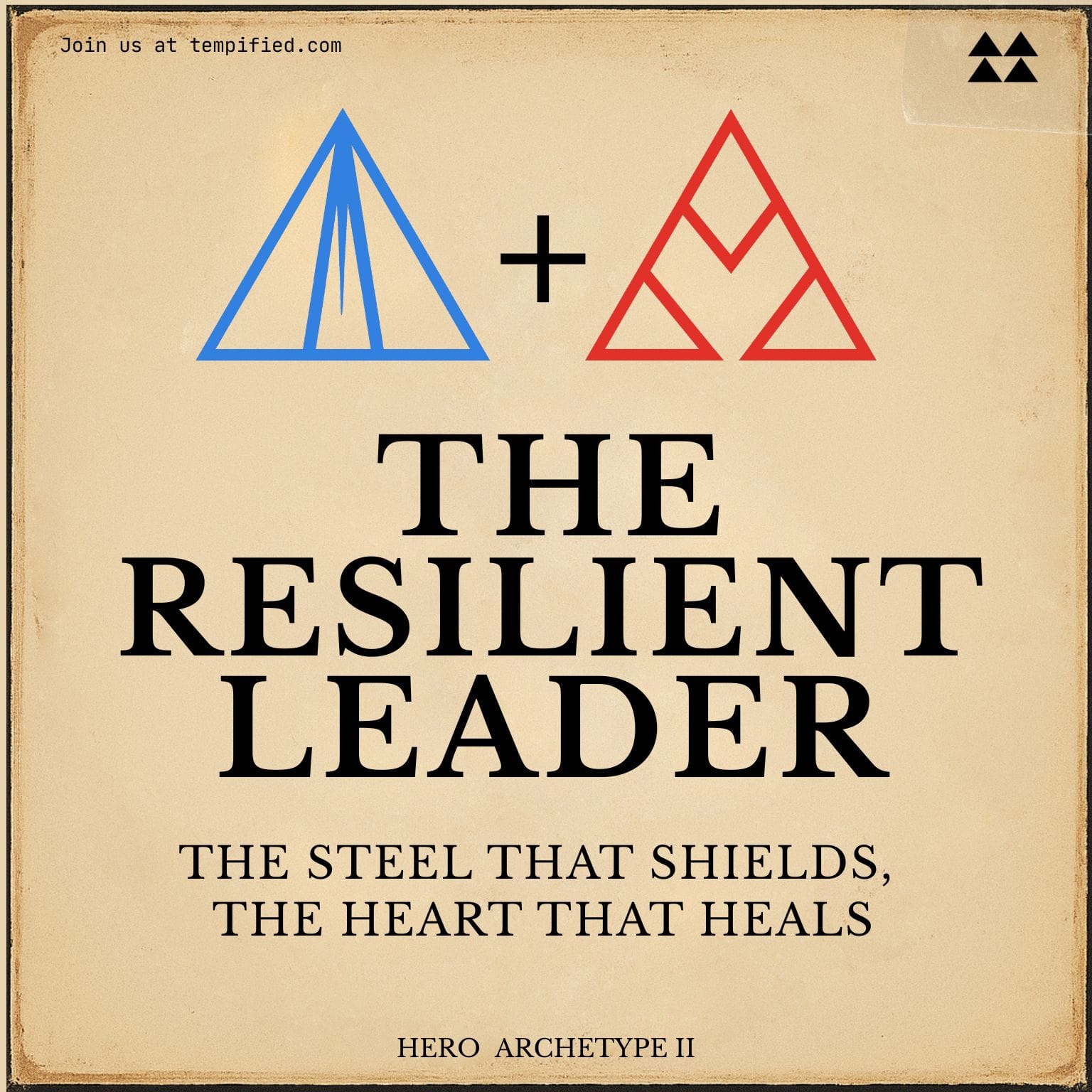

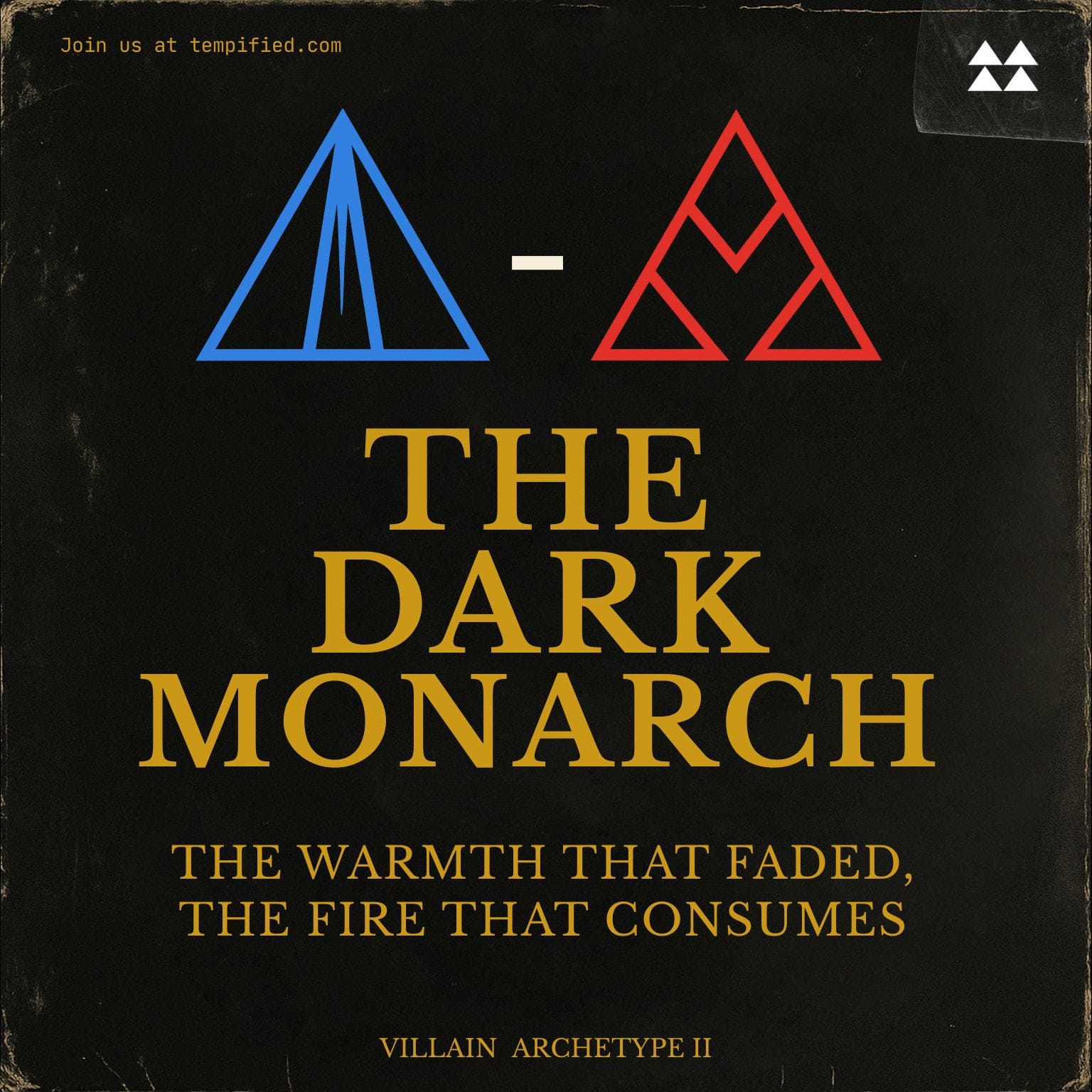
Temperaments, Archetypes & Player Fantasy
Too often, characters feel like passengers in their own story—especially in games. That’s why Tempified was built to go deeper than plot twists or backstory. Our system starts with temperament, but it doesn't stop there. Every archetype is built from needs that want out, actions that express them, and fantasies players want to live.
These aren’t just story beats—they’re control schemes.
Every Tempified hero or villain comes hardwired with a worldview and an internal craving. And when those psychological needs drive the actual gameplay—that’s when the magic happens. A character becomes more than a model or line of dialogue. They become an identity the player steps into.
Each archetype unlocks a unique player fantasy, powered by needs, here are few examples:
- ⚔️ Blade – Mastery, control, consequence.
"I want to feel precise, powerful, decisive." - ❤️ Heart – Empathy, connection, fantasy.
"I want to be needed. I want to make others feel seen." - 🏡 House – Order, protection, belonging.
"I want to build something that lasts. Keep others safe." - ☀️ Sun – Freedom, curiosity, chaos.
"I want to explore, improvise, break the rules."
By mixing Temperaments, you get the Archetype and Player Fantasy you need to create, with a whole set of tools at your disposition like needs, traits, arcs, actions, gameplay types, themes, subjects, etc... but also Worlds and their dark counterparts Dominions.
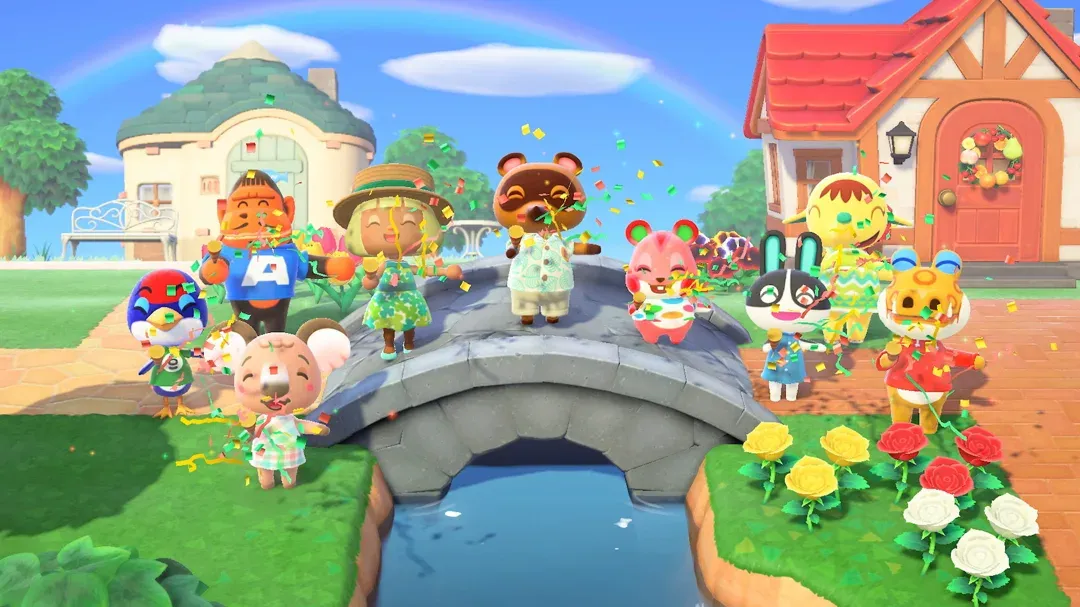
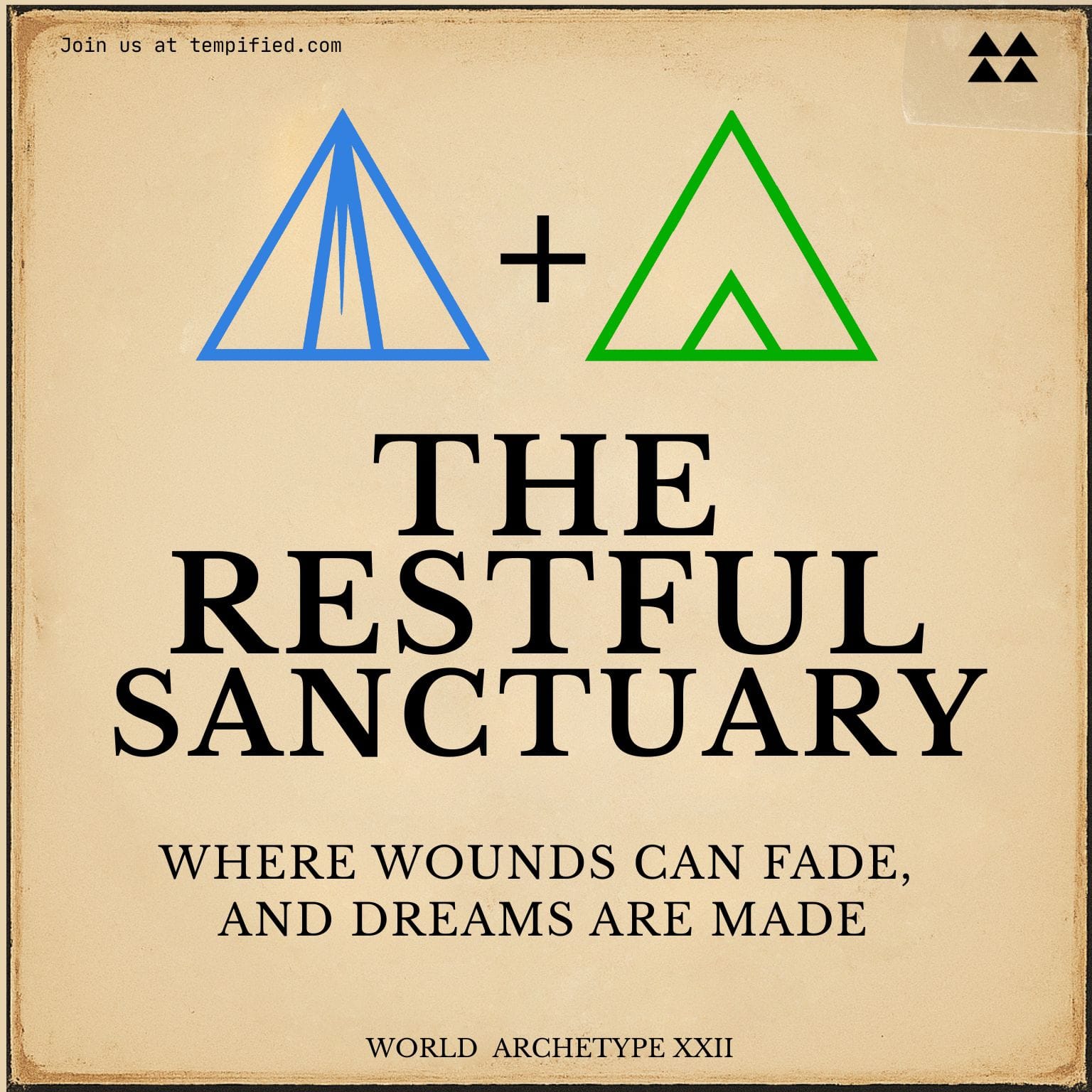
So, whether you’re writing a branching narrative or designing a progression system, matching the temperament to the mechanic makes every player decision feel inevitable, earned, true.
When temperament drives action, players don’t just “play a character.”
They become someone.
They learn through struggle. They ache when they fail. They celebrate not just the win—but the why behind it.
That’s the power of Tempified.
Not characters.
Identities.
These archetypes aren’t just for writers. They’re understandable. Marketing gets them. Production gets them. You don’t need to be a storytelling genius to understand who a character is and why they work. That’s why they move so easily between teams, departments, and media.
This is more than storytelling. It’s storytelling that travels. Buckle up!


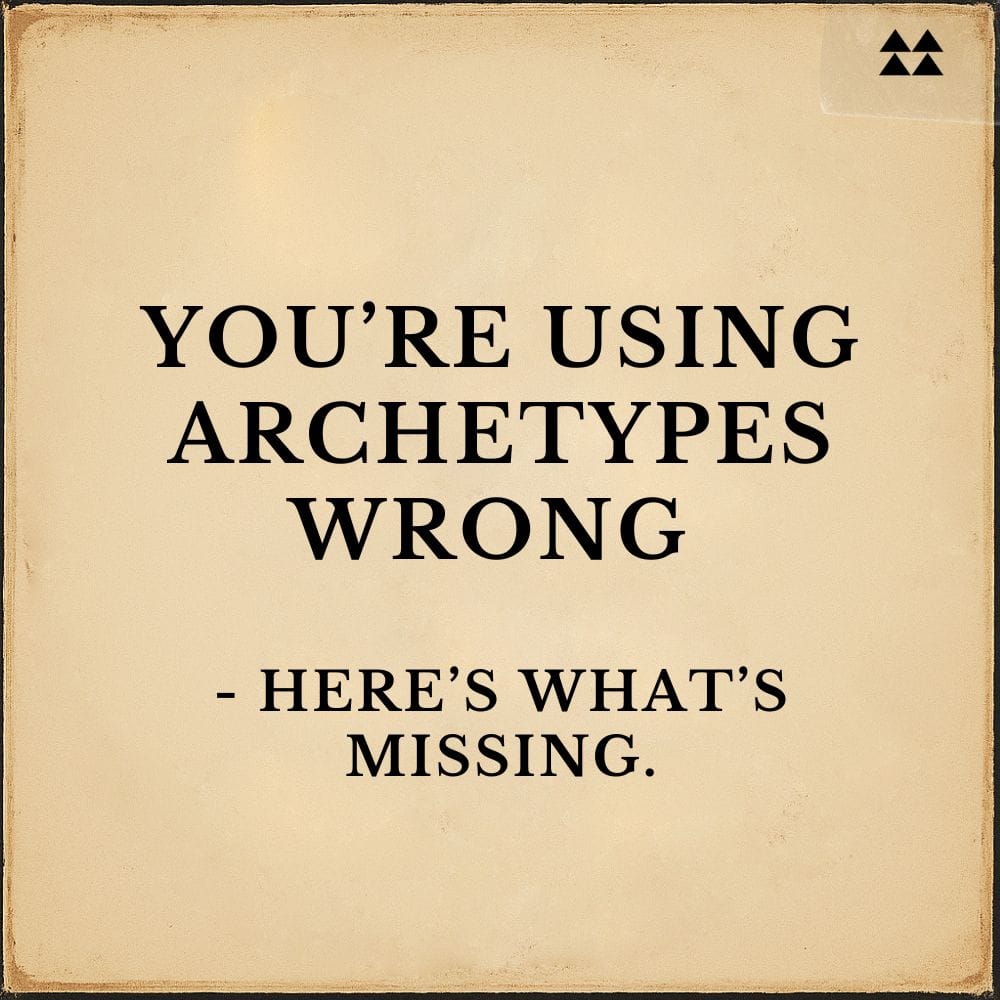
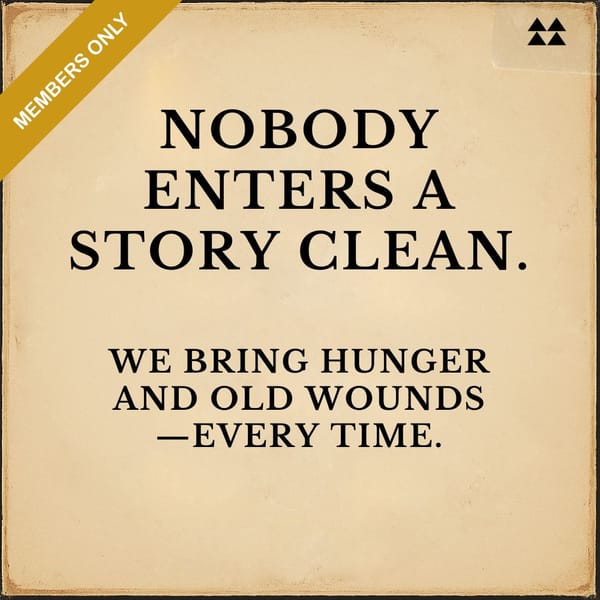
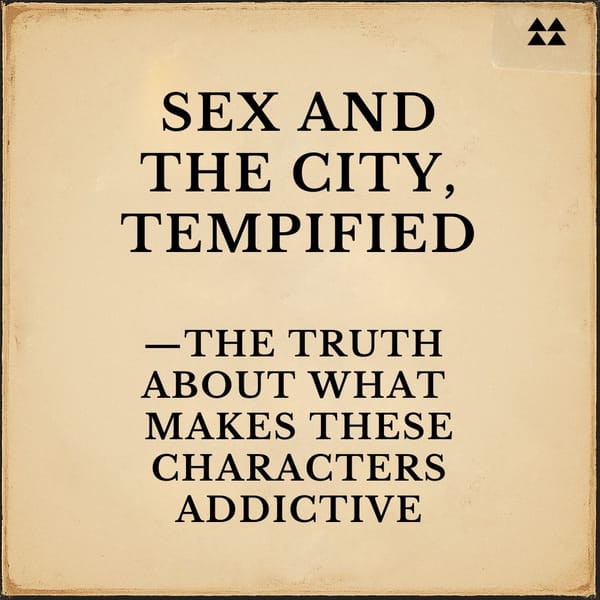
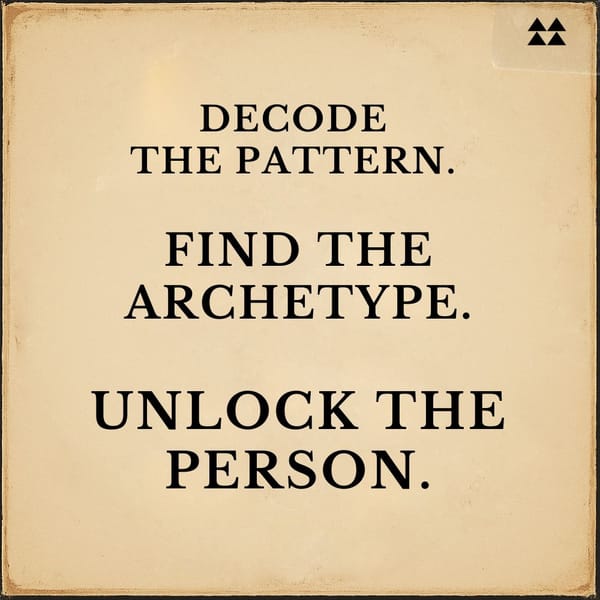
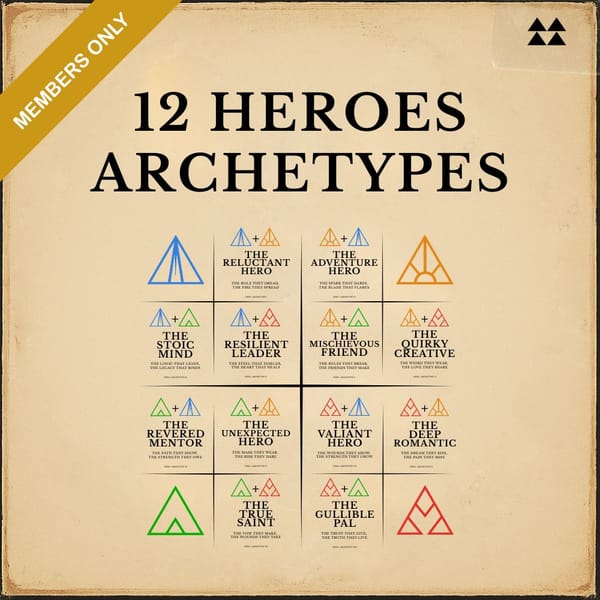
Member discussion